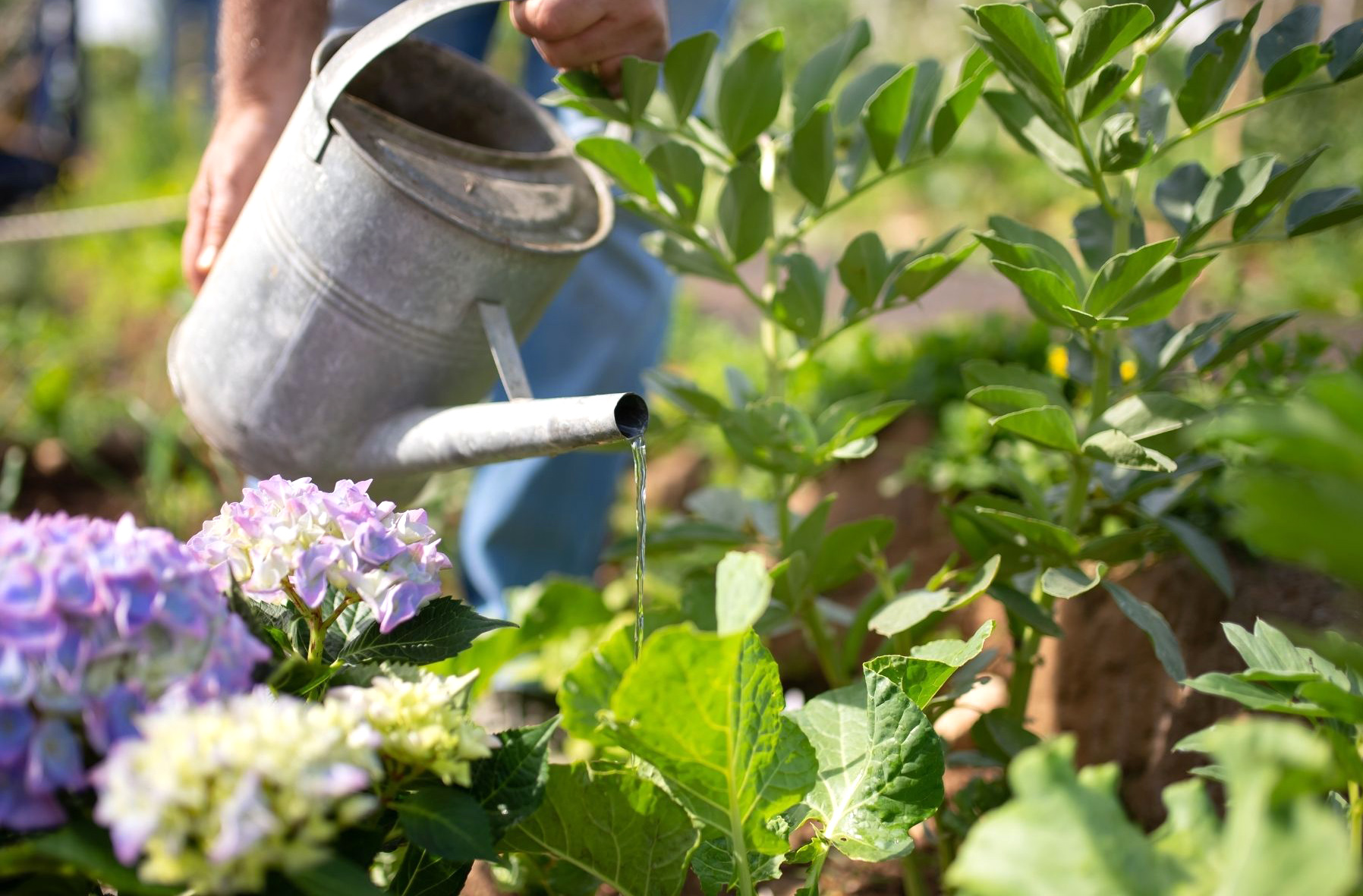
When in Drought – Low-Water, Climate Adaptive Gardens
Whether you’re a brand-new gardener or a seasoned green thumb, you’ve probably noticed that Canadian summers aren’t what they used to be. Longer dry spells, unpredictable rain, and hotter temperatures are becoming the new normal. But here’s the good news—your garden doesn’t have to suffer. By leaning into low-water, climate-adaptive gardening, you can create a vibrant, thriving space that doesn’t rely on constant watering or perfect weather.
Table of Contents
Why Go Low-Water?
First, let’s clear up a common myth: “low-water” doesn’t mean “boring” or “full of cacti.” In fact, low-water gardens can be lush, colourful, and full of life—it’s just about making smarter plant and design choices.
In many regions of Canada, water restrictions are becoming more common in summer. Even if you have access to water, conserving it saves you money, reduces strain on local resources, and creates a garden that can better handle whatever Mother Nature throws at it.
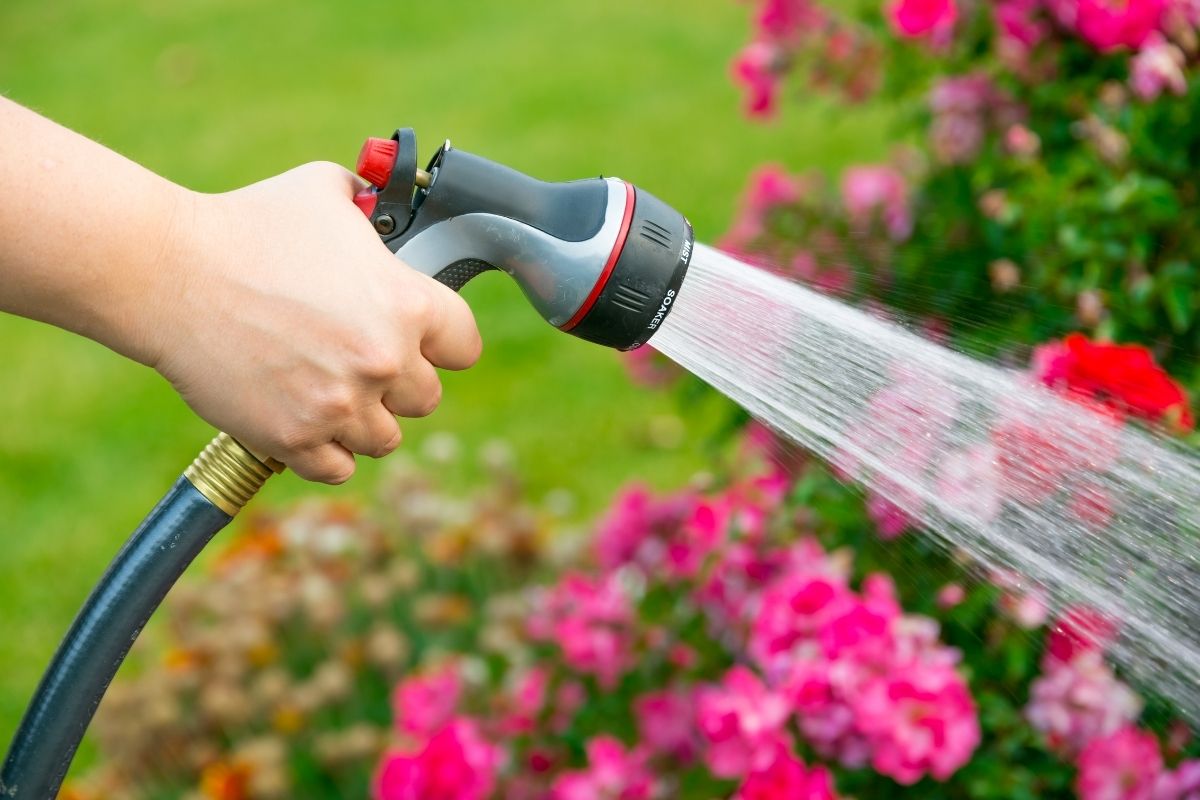
Step One: Know Your Conditions
Every successful low-water garden starts with understanding your site.
- Sun vs. shade – Full-sun areas will need plants that can handle direct heat without wilting (some examples include Perovskia, Gaillardia, Sedum, Achillea, Lavandula).
- Soil type – Sandy soil drains quickly and needs different plants than heavy clay.
- Microclimates – A south-facing brick wall will radiate extra heat; a low-lying spot may collect more moisture (area near a downspout, bottom of a gentle slope in your yard).
This detective work helps you choose plants that are naturally suited to your environment, which means less pampering and less water needed.
Step Two: Pick the Right Plants
Top picks for Canadian low-water gardens:
- Perennials: Yarrow (Achillea), Blanket Flower (Gaillardia), Russian Sage (Perovskia atriplicifolia), Coneflower (Echinacea), Sedum.
- Shrubs: Ninebark (Physocarpus), Potentilla, Canadian Serviceberry (Amelanchier canadensis), Dwarf Korean Lilac (Syringa meyeri).
- Grasses: Blue Fescue (Festuca glauca), Switchgrass (Panicum virgatum), Feather Reed Grass (Calamagrostis).
- Groundcovers: Creeping Thyme, Snow-in-Summer (Cerastium), Bearberry (Arctostaphylos).
Many of these plants are not only drought-tolerant but also attract pollinators – bonus!

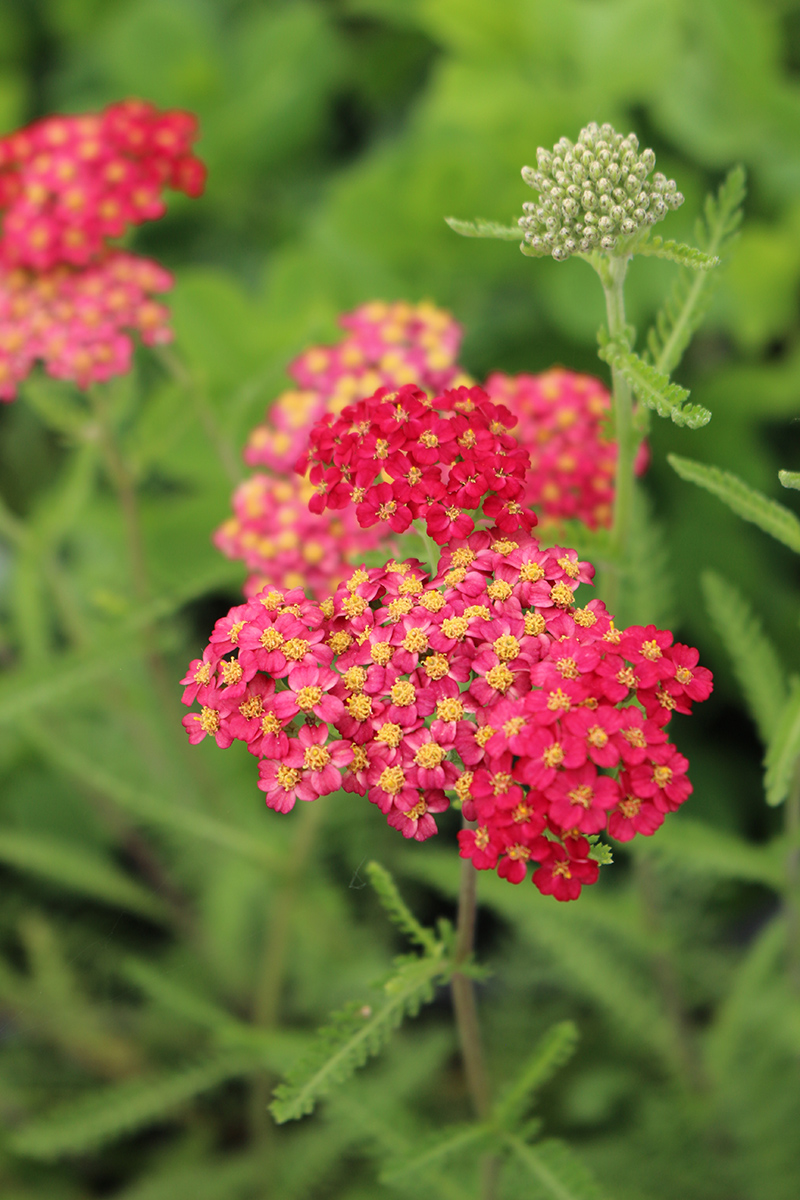

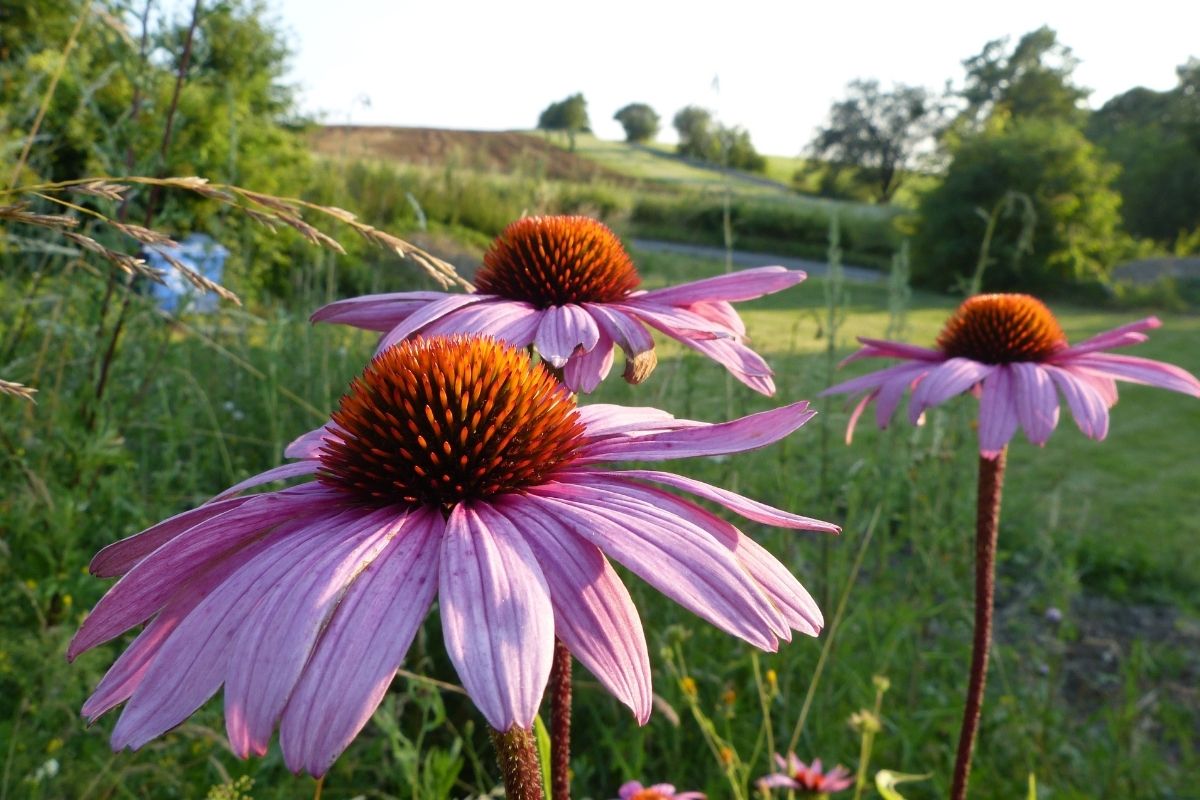
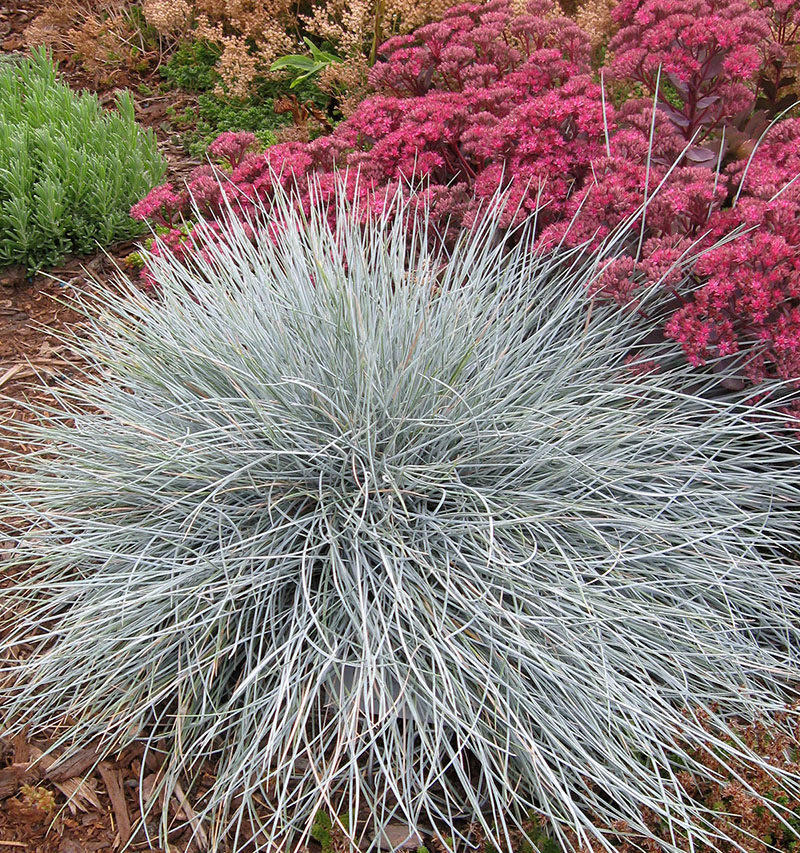
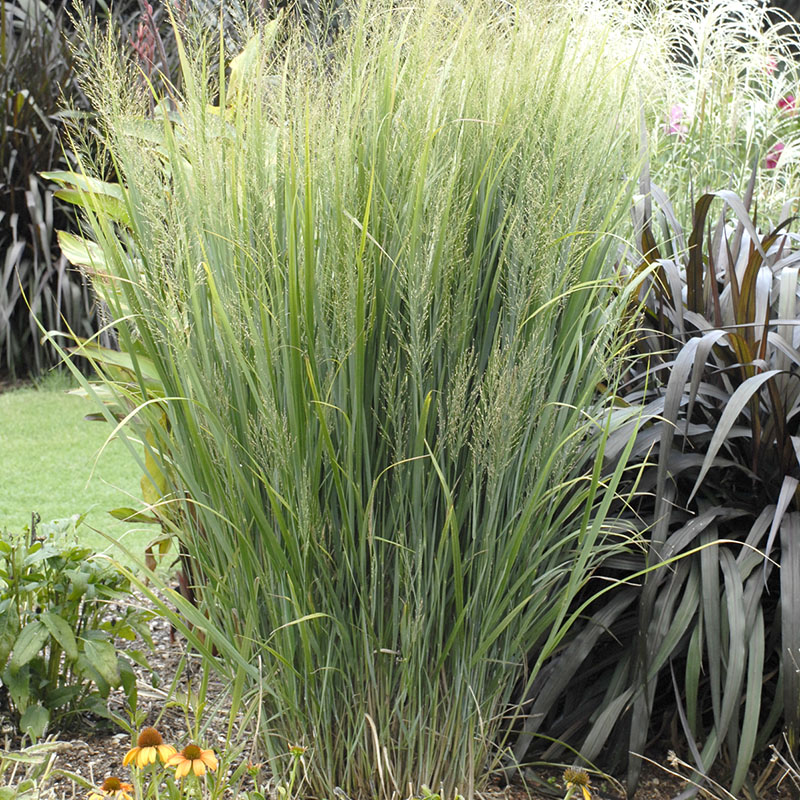
Step Three: Work Smarter, Not Harder
Low-water gardening isn’t just about plant choice—it’s also about smart design and maintenance…while keeping things practical.
- Mulch is magic – A 5–7 cm layer of organic mulch helps lock in soil moisture, keeps roots cool, and blocks weeds.
- Water deeply, less often – This encourages roots to grow deep and become more drought-resistant. A quick daily sprinkle will make plants dependent on you – make them work for it by watering deeply but less often.
- Group plants by water needs – Keep thirstier plants together so you’re not wasting water on areas that don’t need it.
- Harvest rainwater – A simple rain barrel can supply a surprising amount of irrigation water for free.
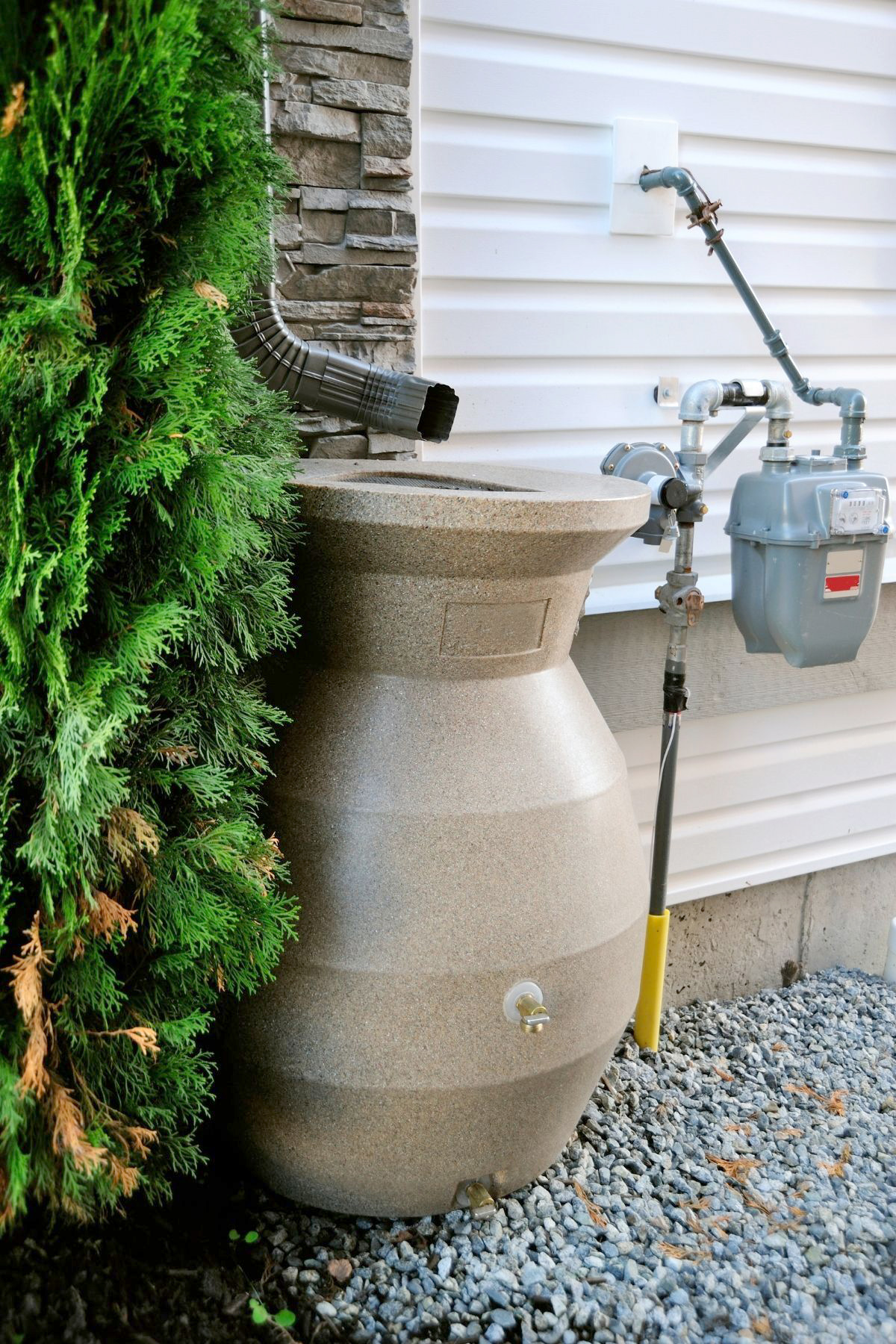

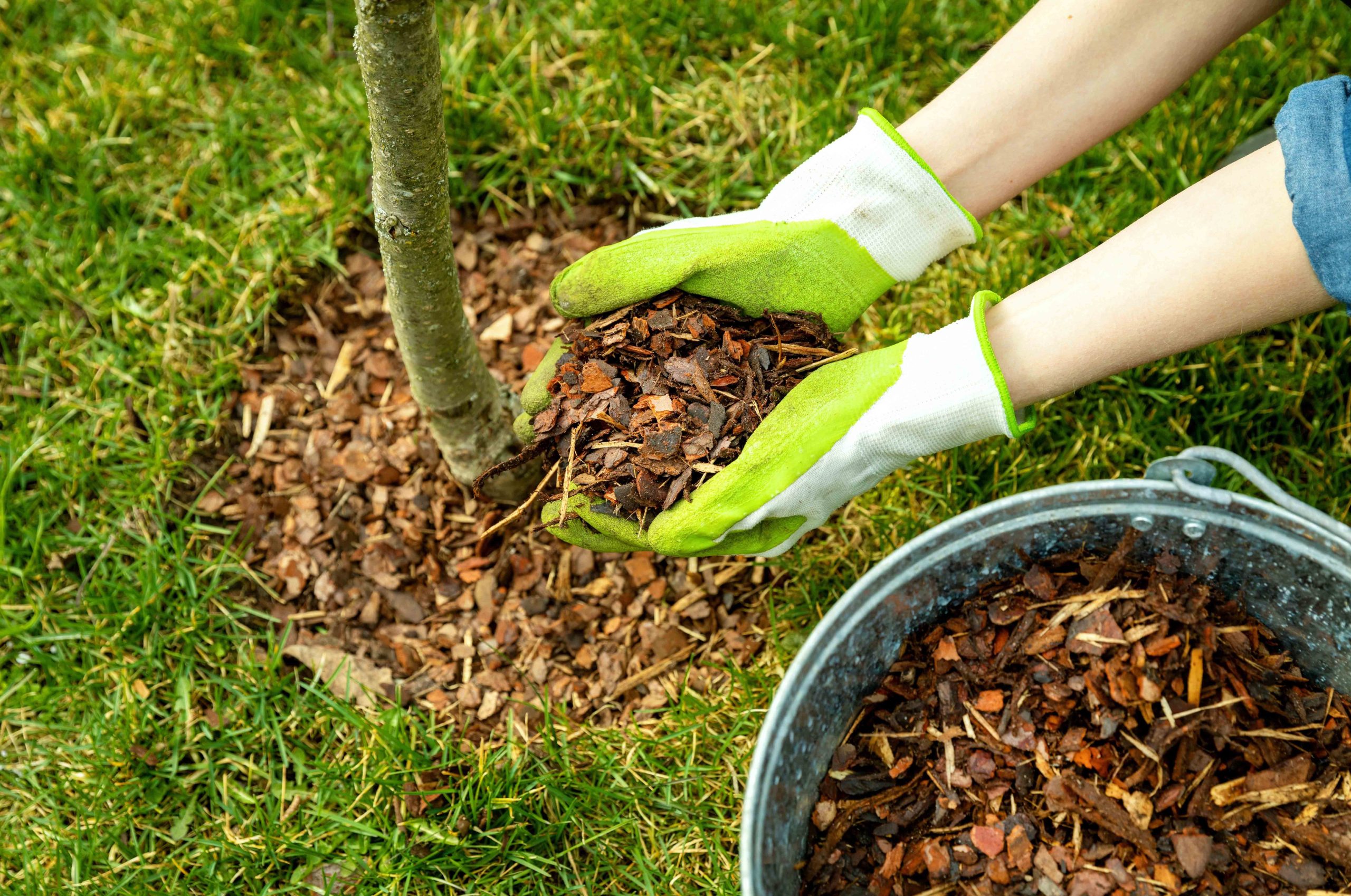
Step Four: Think Long-Term
A climate-adaptive garden isn’t built in a weekend—it evolves. You may notice that certain plants thrive without extra help, while others struggle. Over time, you can swap out high-maintenance plants for tougher ones.
You can also incorporate permeable pathways (gravel, stepping stones) that let rain soak into the soil instead of running off, and layered planting (trees, shrubs, perennials) that naturally shade the soil and protect it from evaporation.
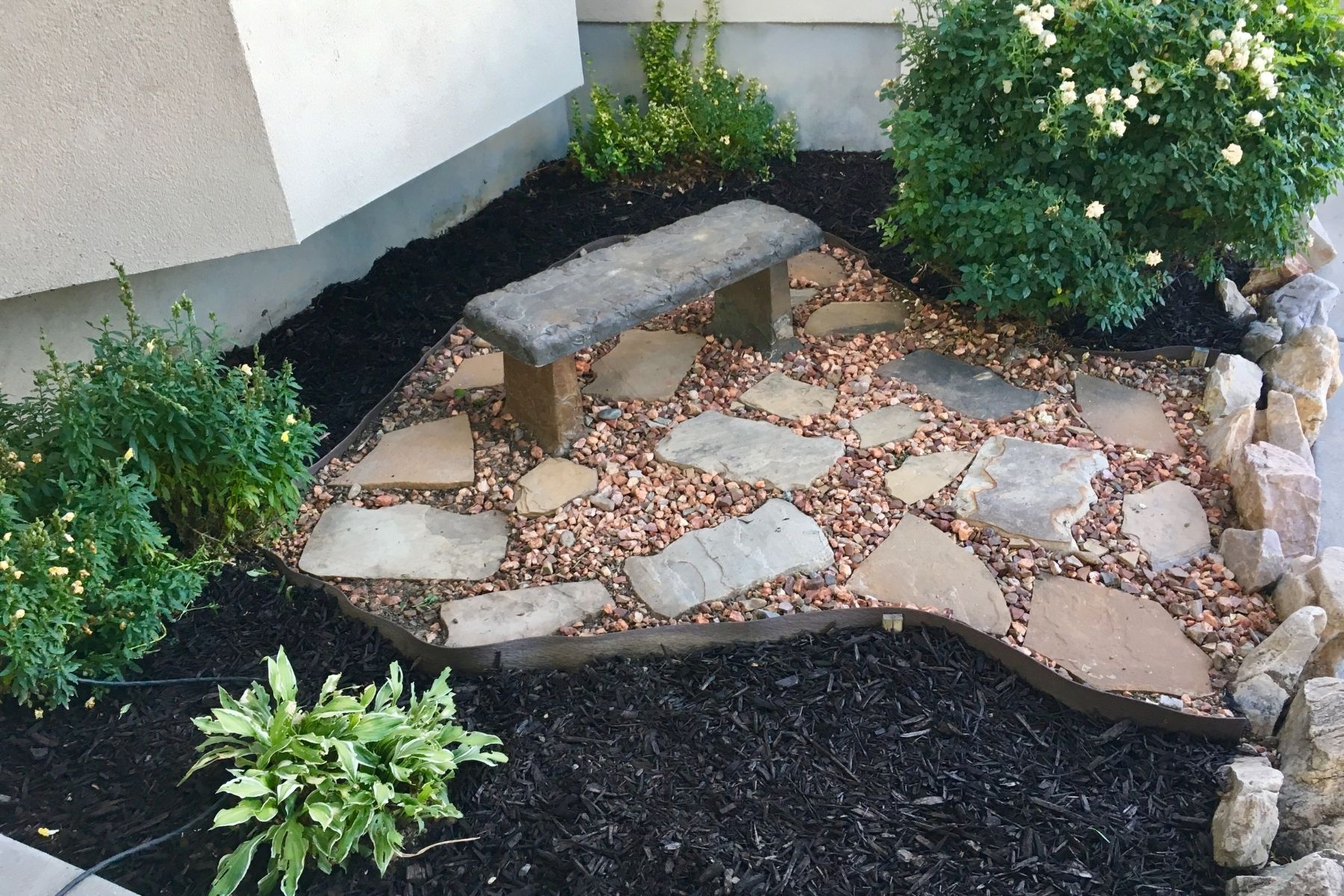
The Beauty of Resilience
There’s something deeply satisfying about walking into your garden in the middle of a heatwave and seeing it thriving without you standing there with a hose every evening. It’s proof that gardens can be both beautiful and resilient—and that by working with nature instead of against it, we can create spaces that are future-proof.
Final Thought
Whether you’re just starting out with a few containers on your balcony or managing a sprawling backyard, the principles of low-water, climate-adaptive gardening can work for you.
Start small. Experiment. Learn which plants love your space and let go of the ones that don’t. Your garden will thank you—and so will your water bill.
Bonus: 5 Tips for Low-Water Gardening
- Planting water-hungry varieties in full sun
That bigleaf hydrangea might be gorgeous, but in a drought-prone area, it’s going to be a diva. - Overwatering in the first year
It’s tempting to “baby” new plants, but shallow, frequent watering makes them dependent instead of resilient. - Ignoring soil health
Healthy soil holds moisture better. Add compost and organic matter before planting. - Letting weeds take over
Weeds compete for the same limited water your plants need. Stay on top of them. - Forgetting about winter survival
In Canada, drought-tolerant also must mean cold-hardy. Double-check your plant’s hardiness zone.


